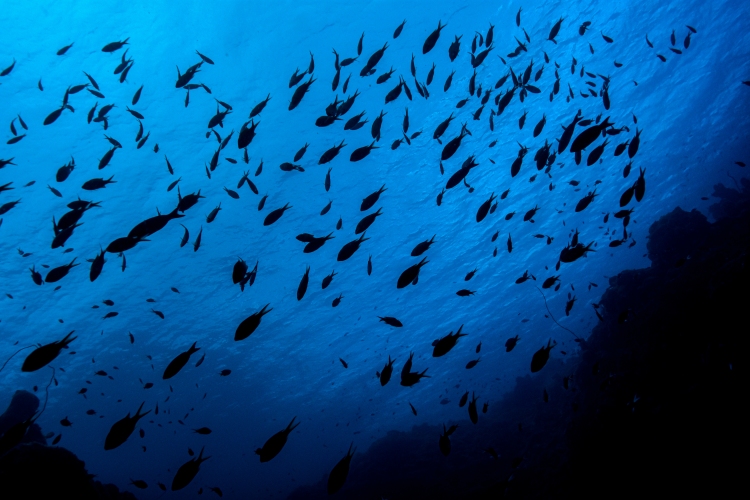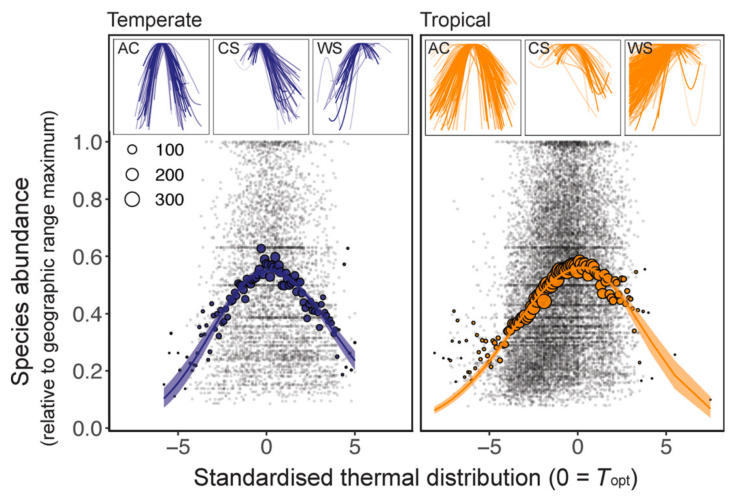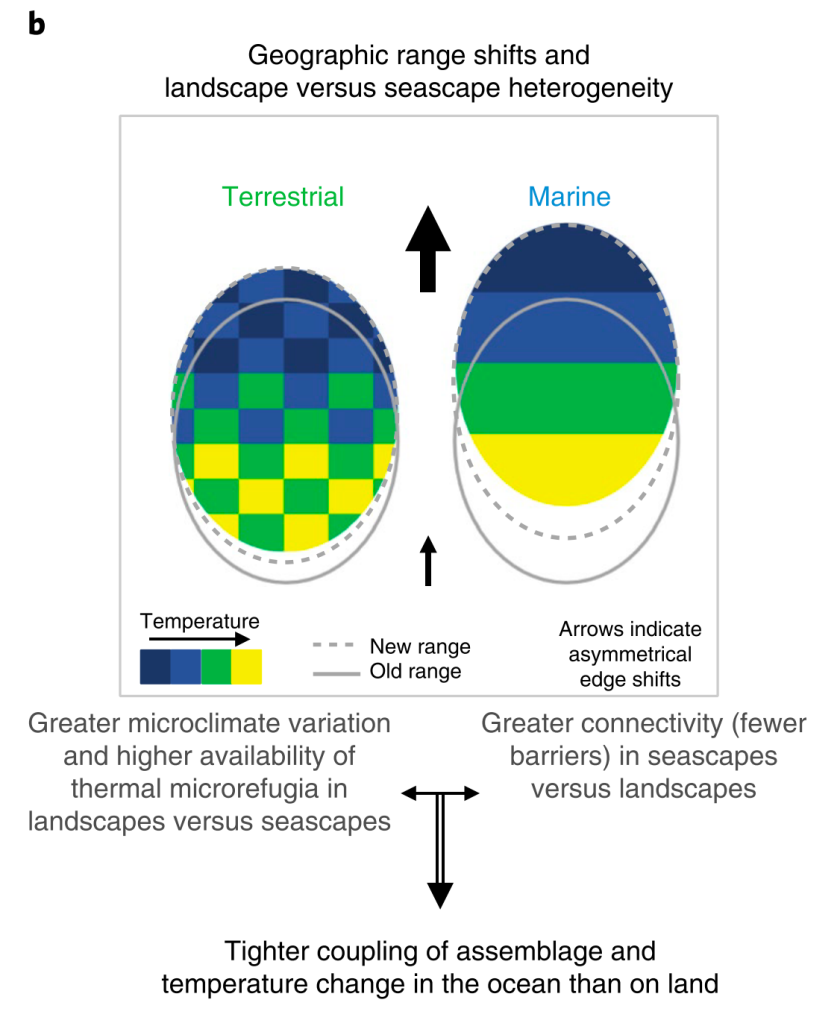Conservation of freshwater biodiversity under climate change
My current research investigates the effects of future climate change on Switzerland’s freshwater biodiversity in the context of the Wyss Academy for Nature project titled ‘Stopping biodiversity loss in waterbodies despite climate change‘.
Freshwater ecosystems contain disproportionate amounts of biological diversity relative to their area. Switzerland is no different, having a complex hydrological system of mountainous landscapes fragmenting fauna biogeographically and containing peri-alpine lakes with high rates of fish endemism and deep-water specialization. Switzerland’s mountains also contributes to Europe’s major rivers (Rhine, Rhone, Po, Danube) and may be a refuge region for Europe’s freshwater species under climate change. However, climate change may also have a disproportionate effect on freshwater species in Switzerland due to highly modified rivers and agricultural landscapes and dispersal constraints within a limited habitat area.

In this project, we will quantify the vulnerability of Switzerland’s freshwater lakes and rivers to future scenarios of climate change and evaluate how current Anthropogenic stressors threaten the capacity for biodiversity to respond to climate change.
Species distributions and abundance-based niche models
The environments individuals live in affects their growth, survival and reproduction. These processes determine where we find species and where we do not. The abundance of individuals in a location is also constrained by environmental conditions. To predict the response of species to environmental change, we must know the relationship between environmental conditions, species presence in a location, and local abundance.


Abundance and biomass of species determines ecosystem service provision. Yet, much research focus has been on modelling the spatial occurrences of species, with less focus on their abundances. We performed a quantitative review of the models linking species abundance with environmental conditions (i.e., abundance-based species distribution models). We tested how well we could predict bird and fish abundances in field surveys (left figure). The best predictions were obtained using random forests for frequently encountered and abundant species. We hope this work to provide critical information to better model species contributions to ecosystem services and ecosystem functions.
I am interested in how temperature constrains abundance across species’ geographic ranges. We tested the long-held assumption that abundance peaks towards the centre of species thermal niches. We found local abundance declined from realised thermal optima towards warmer and cooler environments. This project used the citizen-science project Reef Life Survey dataset to gain novel insights into ecological patterns.

Biodiversity and ecosystem services under environmental change
Life on earth is ever-changing through time, the current rate of change due to human activities is unprecedented. Key research questions I address are: Which species will win and lose as environments change? Will this affect people, what do these species provide?

Shallow-water reef ecosystems support the majority of marine fish diversity. These systems are strongly connected to local coastal communities with livelihoods and food security dependent on health on marine resources. In particular, fish species contain a variety of important micronutrients, such as Omega-3, Vitamin A, Zinc, Iron, and Selenium, but how reef fish contributions to micronutrients may change in the future is currently unknown. In the Reef Futures project, we have modelled how species richness, biomass, and micronutrient provision of shallow-water reef fishes will change under CMIP-6 climate change scenarios (in progress).

With collaborators, we demonstrated that the coupling between biodiversity and temperature change may be stronger in marine than terrestrial ecosystems. Across 20,000 marine and terrestrial assemblage time series species richness increased with warming in temperate marine systems. Terrestrial ecosystems showed only weak temperature-related biodiversity responses. Perhaps, terrestrial species live in more heterogeneous thermal environments and do not respond as strongly to large-scale climatic changes?
Along this idea, we tested whether climatic preferences predict the insect species that occur in different land uses. We expected warm affinity species to prefer agricultural sites because these can be 10°C warmer than adjacent forests. We found insect climate preferences matched the expected microclimatic shifts from forest to agricultural land. Agricultural insects come from warmer, drier regions with more variable temperatures. This indicates that microclimates (within different land uses) may buffer species to persist locally during climate change on land, a form a climatic debt.
